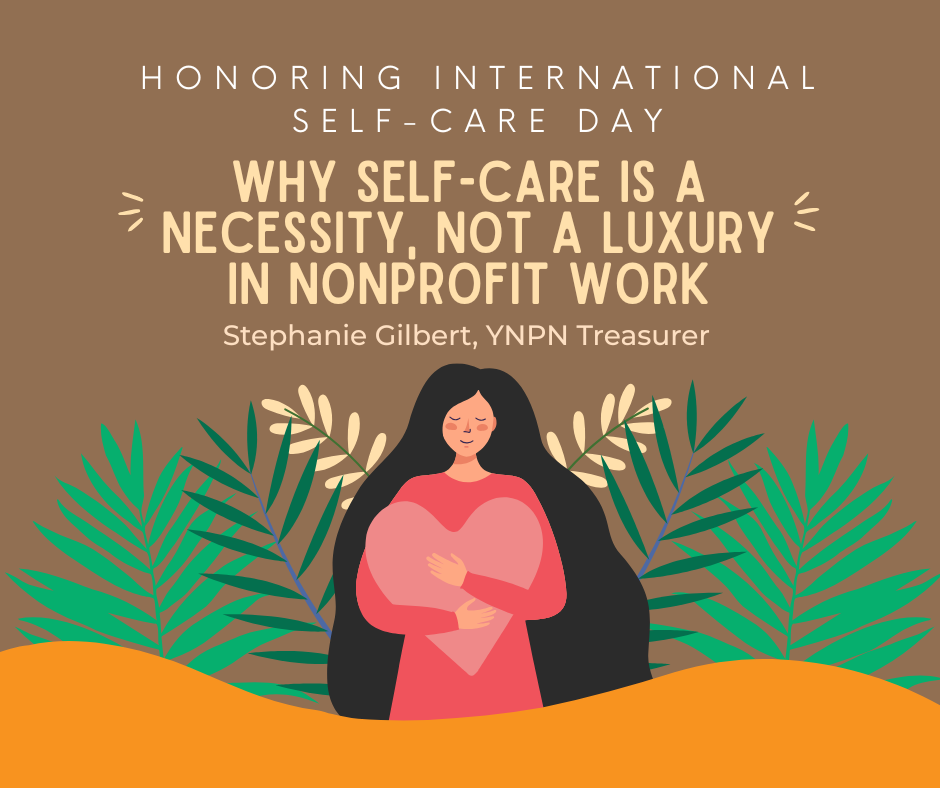Intersectionality Awareness Month - Breaking it Down
- Kaylin Wojciechowski
- Aug 28
- 2 min read
August is a month of celebrations and new beginnings. Back-to-school season is in full swing, from elementary classrooms buzzing with fresh supplies to universities opening their doors at the end of the month. August also marks National Wellness Month, reminding us to take care of ourselves, and Black Business Month, which encourages us to support BIPOC neighbors and entrepreneurs. But perhaps most overlooked is Intersectionality Awareness Month.
Many people either shy away from talking about intersectionality—often mislabeled as a “political” term in today’s climate—or simply don’t know what it means. Let’s explore what “intersectional” really means, where the idea came from, and why it matters in our everyday lives.
According to Merriam-Webster (2025), intersectionality is “the complex, cumulative way in which the effects of multiple forms of discrimination (such as racism, sexism, and classism) combine, overlap, or intersect, especially in the experiences of marginalized individuals or groups.” Think of marginalized identities as different roads, with each person navigating their own internal map. The various parts of our identity—race, gender, sexuality, disability, economic status, and more—form the crossroads where these roads meet, shaping how we move through the world and how the world responds to us.
The term was first coined by law professor Kimberlé Crenshaw in the 1980s to describe how people experience overlapping oppressions, both visible and invisible. Intersectionality isn’t limited to race, sex, or class—it also applies to gender expression, disability, nationality, education, and other factors. Today, grassroots movements use intersectional thinking to address racial justice, reproductive rights, voting rights, economic justice, the housing crisis, ending violence against women, LGBTQIA+ rights, and constitutional equality.
Intersectionality Awareness Month calls on us to remember that people are never defined by just one characteristic—we are shaped by the whole of our experiences and identities.
An example of what intersectionality means can be found in the realities of the unhoused population. Imagine Maria, a Mexican immigrant working a low-wage job without paid sick leave. A back injury forces her to stop working, and with that, she loses her health insurance. Medical bills pile up, rent becomes unaffordable, and she’s evicted. With limited English, navigating housing applications, medical systems, and legal aid becomes nearly impossible. As a woman of color, an immigrant, and a person with a disability, every barrier—housing discrimination, long waitlists for affordable units, lack of accessible housing—hits harder. Intersectionality shows us that Maria isn’t facing “just” poverty or “just” a disability—she’s up against multiple systems of disadvantage, all at once, and that’s what makes it so hard to recover. She is navigating the combined weight of multiple, overlapping systems that weren’t built to catch her when she fell.
This August, in a celebration of Intersectionality Awareness Month, I encourage you to take a look inwards, to all of the identities you hold within yourself. Take a moment and appreciate them, because all of those crossroads and intersections make up your unique self. If you are interested in learning more, the links below are to great resources and reads through Harvard’s Kennedy School of Government, and a Ted Talk from Kimberlé Crenshaw herself.




Comments